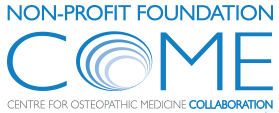Autonomic correlates of osteopathic manipulative treatment on facial functional mapping: an innovative approach based on thermal imaging
| By Patrick van Dun | 0 Comments
Osteopathic manipulative treatment (OMT) has shown efficacy in various clinical conditions and age groups. Understanding its neurobiological, particularly autonomic, mechanisms of action remain limited. Preliminary studies suggested a parasympathetic effect of OMT, evidenced by heart-rate-variability analysis. A cross-over RCT on healthy adults was conducted to compare OMT with sham therapy. Thirty-seven participants underwent two sessions […]
Continue reading...






